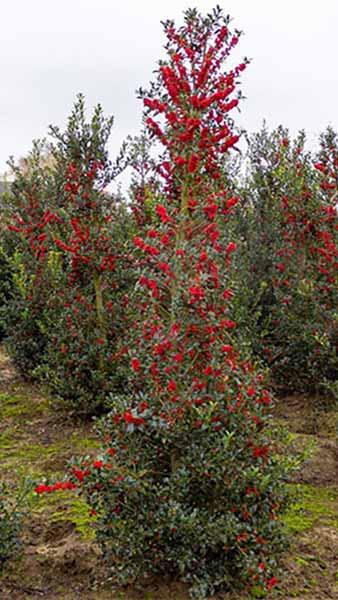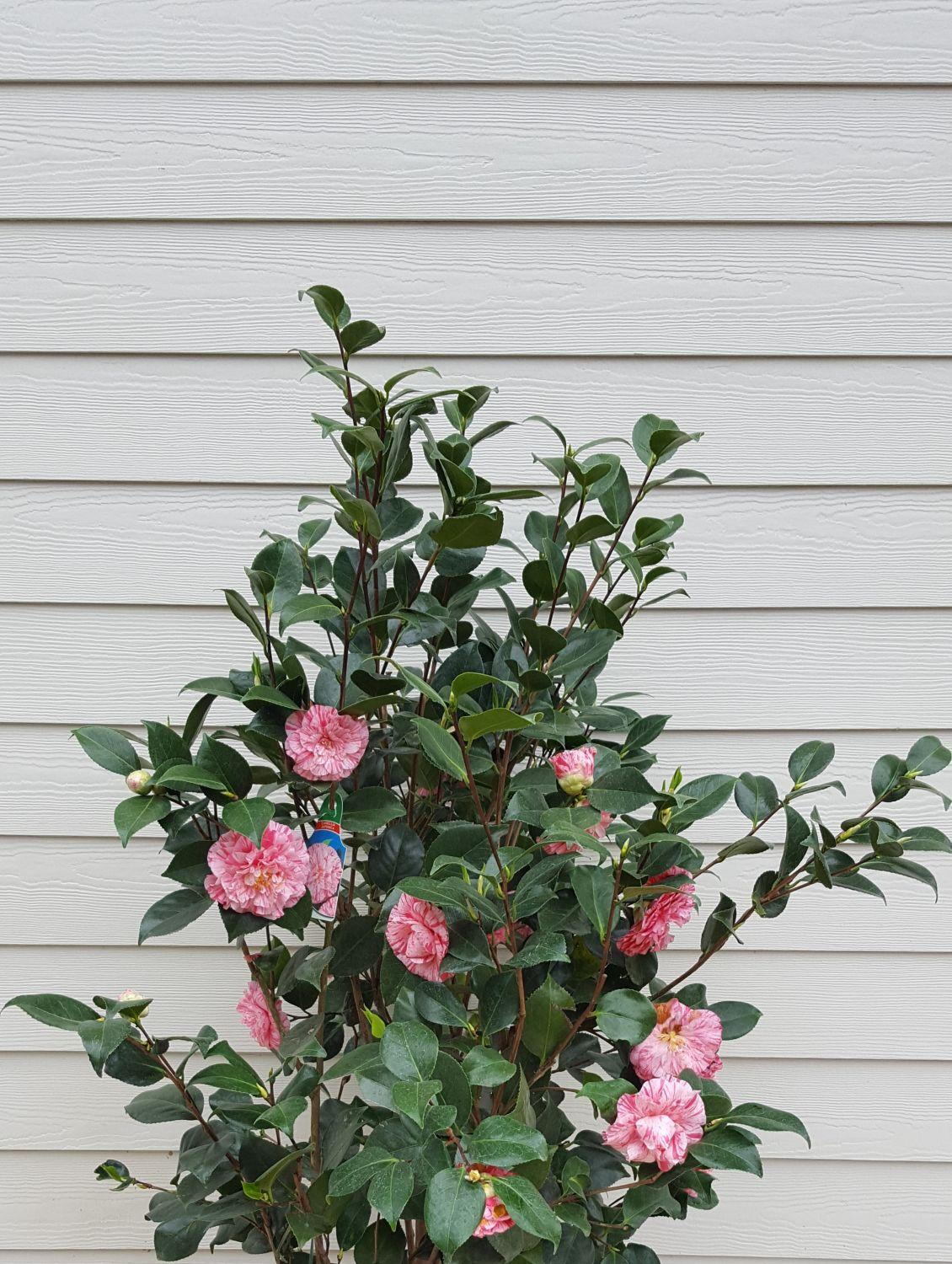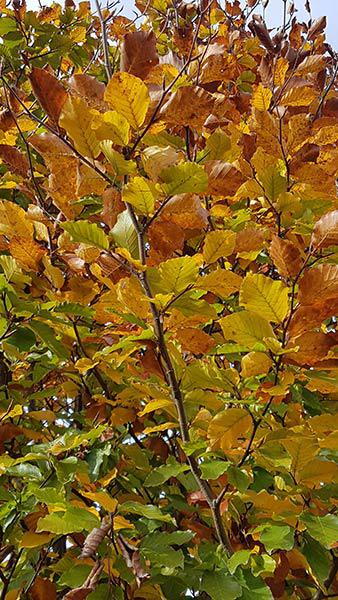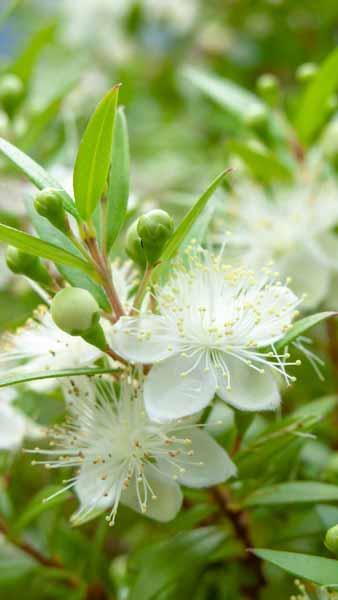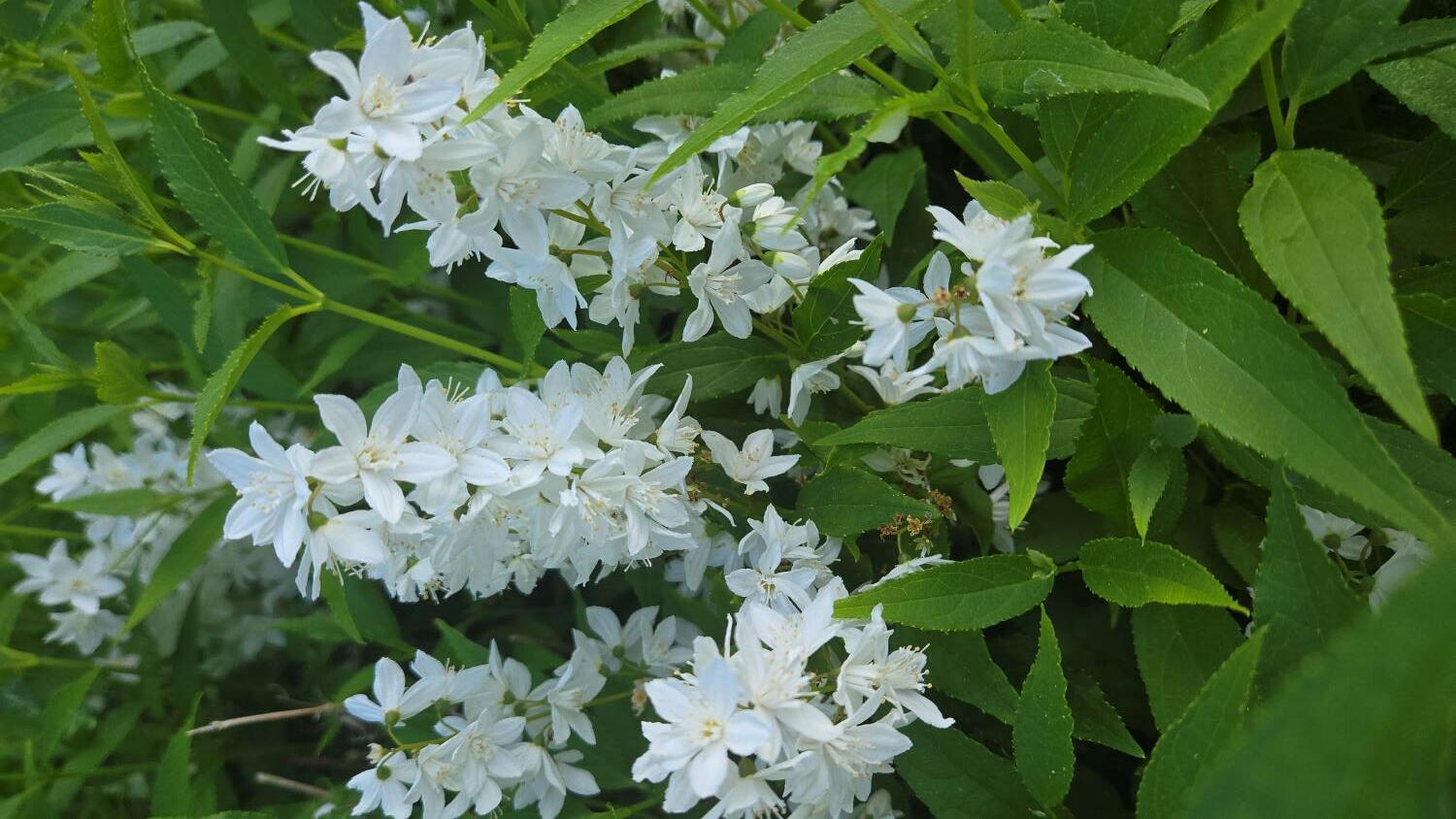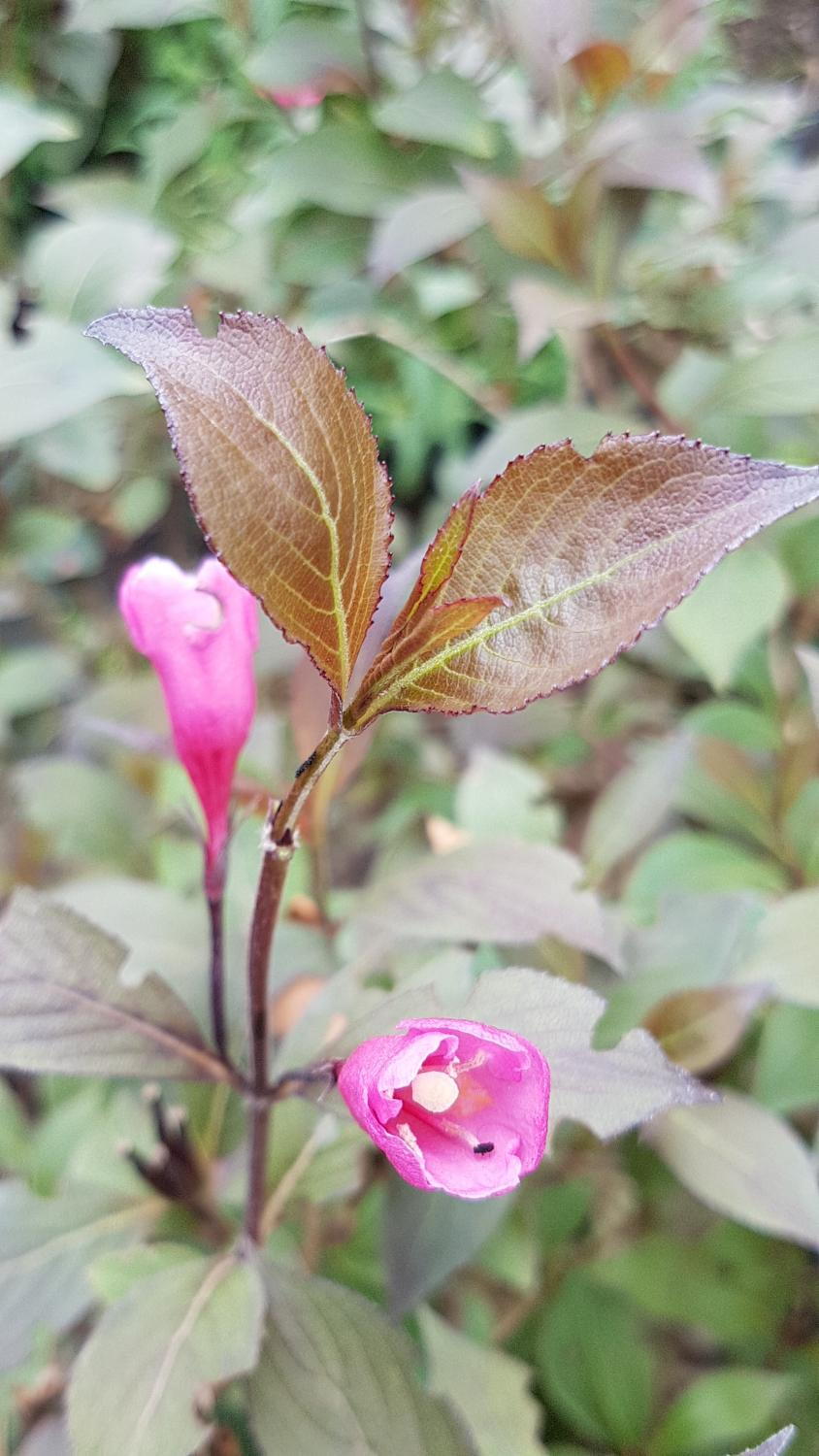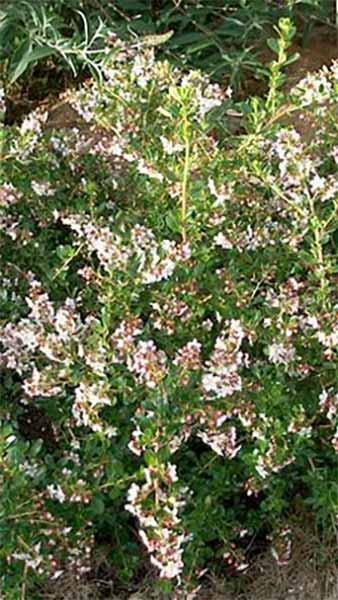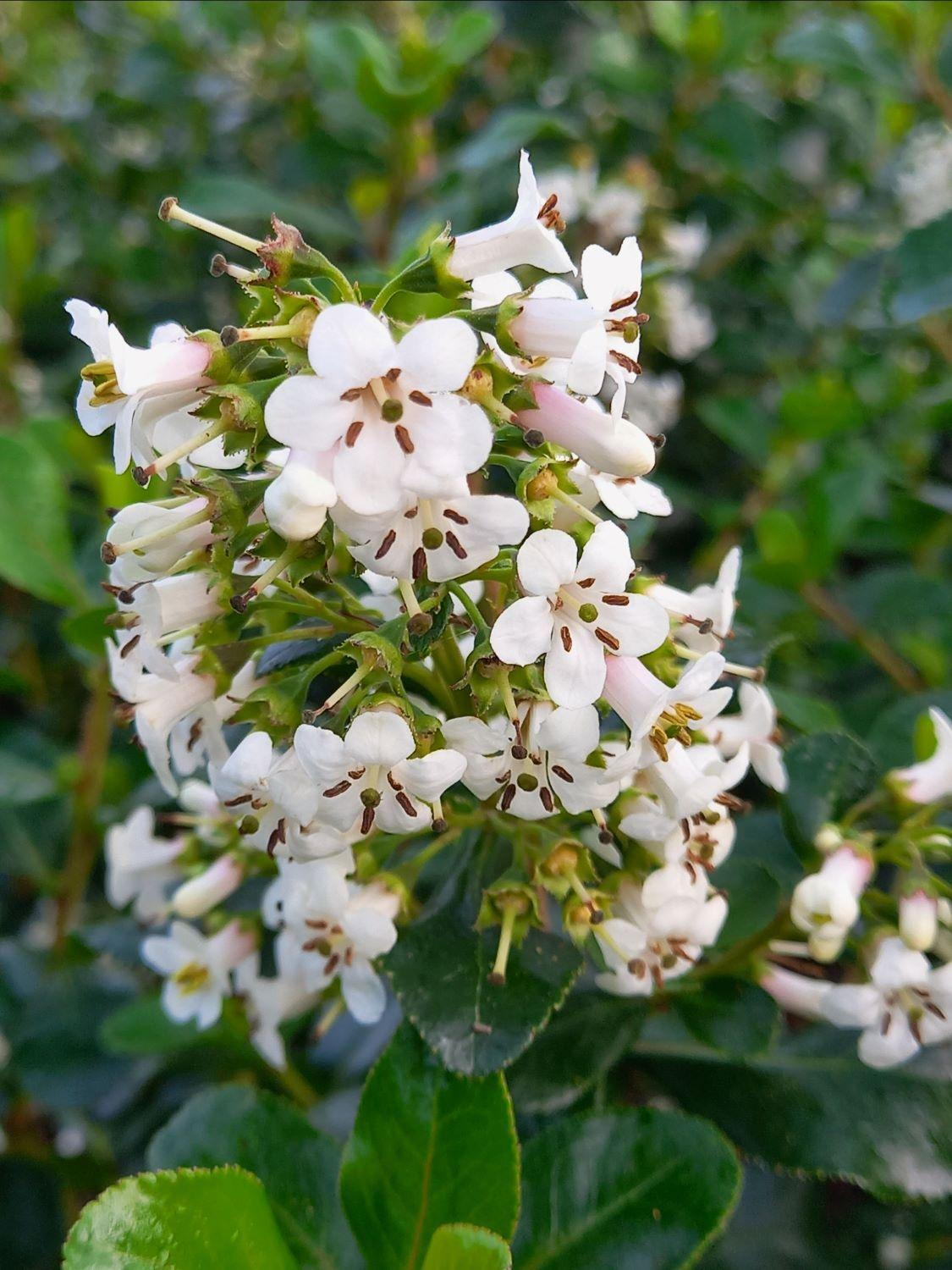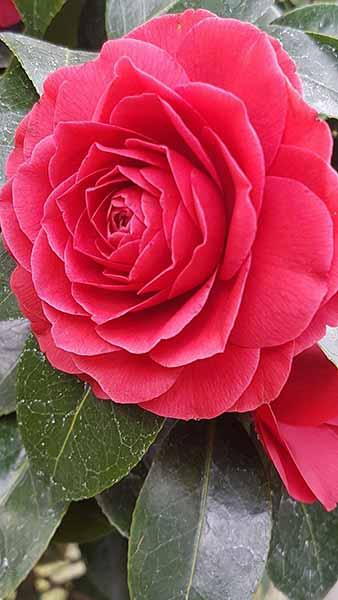Myrtus Communis or Common Myrtle for Sale Online. Myrtle Plant, Myrtle Tree, Myrtle Bush
Myrtus Communis or Common Myrtle is an evergreen flowering shrub native to the Mediterranean region. Placed in a flower bed or border, as a hedging or screen, along wall-side borders or in a city & courtyard Garden, the Myrtus Communis adds a nice bushy specimen to your garden space.A member of the Myrtaceae Family and the Genus Myrtus, Common Myrtle is a small to medium height shrub, or can be managed as a small tree. They have particularly aromatic leaves, rather leathery in nature, and ovate in shape. They produce solitary, bowl shaped white flowers with 5-petals of about 2 centimetres in length. When pollinated, the shrub will finish off with fleshy purplish-black berries, which can be edible.Hardy in the UK to Zone H4, Myrtle prefers full sun in a sheltered position from cold dry winds. When grown under glass, provide filtered sun with good ventilation and a loam-based compost for best results. In order to achieve maximum bloom set, a long hot summer is best. It is considered hardy across most of the UK apart from inland valleys, at high altitudes, and in the central and northerly locations. A harsh winter air below -10oC will scorch the leaves and result in some stem die back.In terms of its preferences regarding soil textures, Myrtus Communis will do best in moist but well drained soils, from chalk to clay to sand to loam. Near neutral pH is optimum, slightly acid or slightly alkaline are fine. Over the course of its 10-20 year journey to ultimate growth, Common Myrtle will achieve a height of 2.5-3.0 metres and a similar ultimate spread, from 1.5-3.0 metres.Of interest with Common Myrtle is that it is attractive to wildlife, butterflies, and pollinators. It actually contains a substance claimed to have an antibiotic action against chest and other ailments. The fruit’s aromatic flavour makes it edible fresh or dried as a food flavouring. The dried fruits and flower buds can be used to flavour syrups or add to sauce. The flowers actually have a sweet flavour and can be added to salads.Generally pest and disease free, Common Myrtle will persist for many years as long as your location provides protection from extreme cold. Once established, Common Myrtle has little or no need for regular pruning, but if you do prune it, it’s usually best to do it in mid to late spring.
